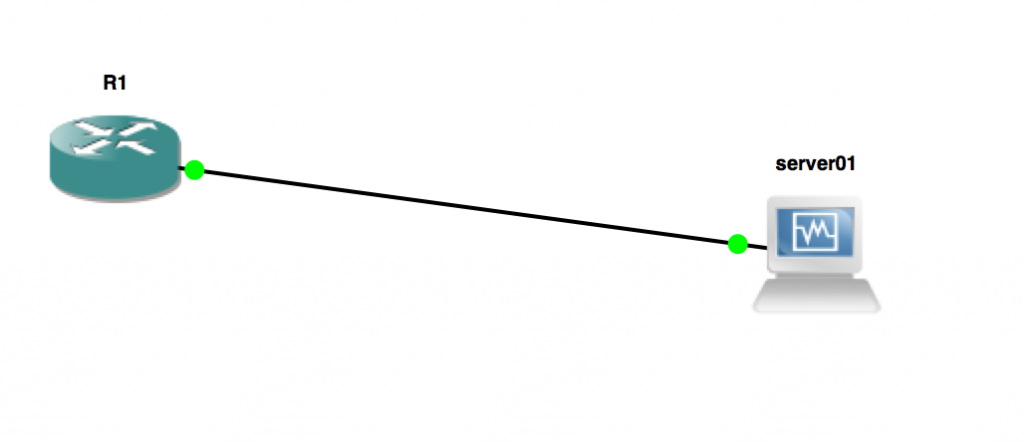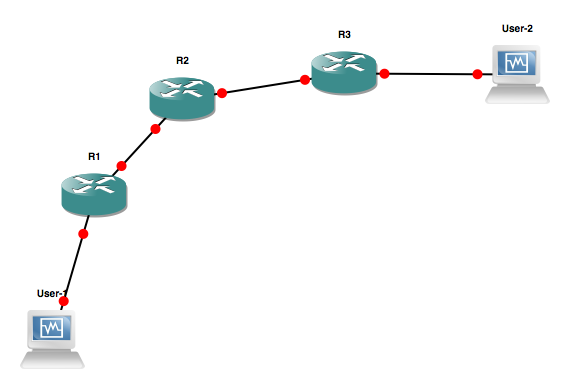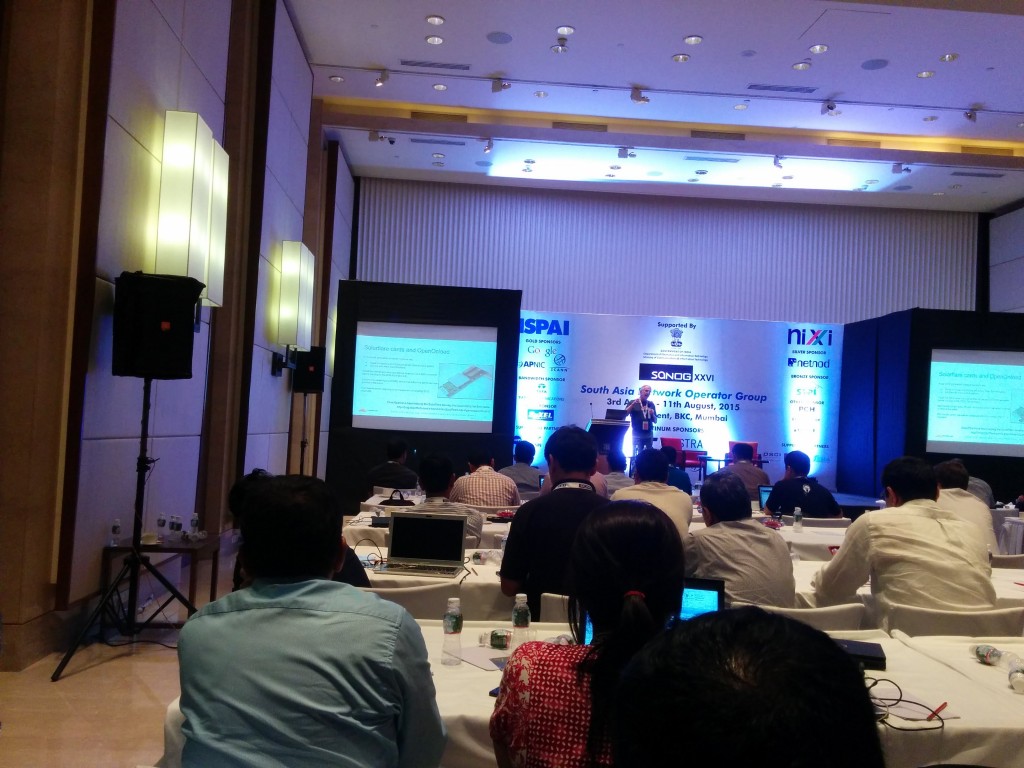Good bye BSNL (AS9829) | New link at home!
A blog post dedicated to BSNL AS9829. It just tried so hard to become as irrelevant as it can from everyone’s life (and that doesn’t excludes me now). So what really is BSNL btw?
- A Govt of India telco sitting at a extensive fiber of over 600,000 Kms across the country (staying just unused and unavailable for anyone’s use!)
- A telco which has an extensive last mile copper (which is very poorly maintained and barely works!)
- A backbone with over 200Gbps of IP transit capacity (which completely sucks due to rotten routing)
- An integrated telecom provider offering services from landline to DSL broadband, from leased line to datacenter services! (out of which everything fails miserably from product line to technical ground level operations)
- An extensive manpower (which is terribly arrogant and from top to ground level staff anyone barely works!)
- Although telecom industry just boomed, it went from 10,000 crore profits in 2004 to 8000 crore losses in 2015. And still politics goes around it!
- While private sector was busy with focus on 4G LTE deployment, BSNL’s market share dropped below 10% in 2014
- While private sector firms like Sterlite, Radius Infratel focused on FTTH rollouts, BSNL rolled out FTTH plans for 4000 INR/month for 50GB cap and FUP speed of (amazing) 512Kbps to ensure no one uses it
- While Reliance Jio is about to come, Airtel is extensively launching 4G LTE, cool companies like ACT are getting more investment, BSNL is putting 6000 crore in public wifi infrastructure to give few mins of free wifi and with hop of users paying it afterwards. (Wow?!)
All above tells nothing but ways in which BSNL is 100% screwed up for now. I don’t expect it to ever pick up again. Politically, technically, and fundamentally it’s a mess. I became BSNL broadband user in 2008 and it has been over 7 years of (painful and terrible) experience with them. As a company which put so much of infrastructure to connect India worked extremely hard to do as many stupid things as possible. For me trouble remained that in my city they were only wired telecom provider for retail services. Last month I got a long haul circuit from Airtel (provisioned on fiber) between my city and a friend’s ISP PoP for 10Mbps bandwidth. Circuit is delivered at a Airtel BTS site location (slightly away from my home) and I have installed Microtik SXT Lite 5’s shooting link from there to my home (around 1km link with clear LoS). This is a usual long range fixed wireless RF link over un-licensed 5.8Ghz band. (Thankyou govt. of India for delicensing it in 2007 and making available for public use). Thanks to companies like Microtik and Ubiquiti for opening up world of good fixed wireless radios and antennas which really work great and are available for quite good prices. I got pair of SXT Lite5’s from Amazon.in at 7700 INR (~$116). Fortunately BTS site has a private WISP tower and the owner of tower agreed to let me use his tower for my radio for reasonable price.
 Configuration so far is super simple. You have got 10.10.10.1 placed on R1’s interface (g1/0) which connects to server01 and server01 has 10.10.10.2.
Configuration so far is super simple. You have got 10.10.10.1 placed on R1’s interface (g1/0) which connects to server01 and server01 has 10.10.10.2.

